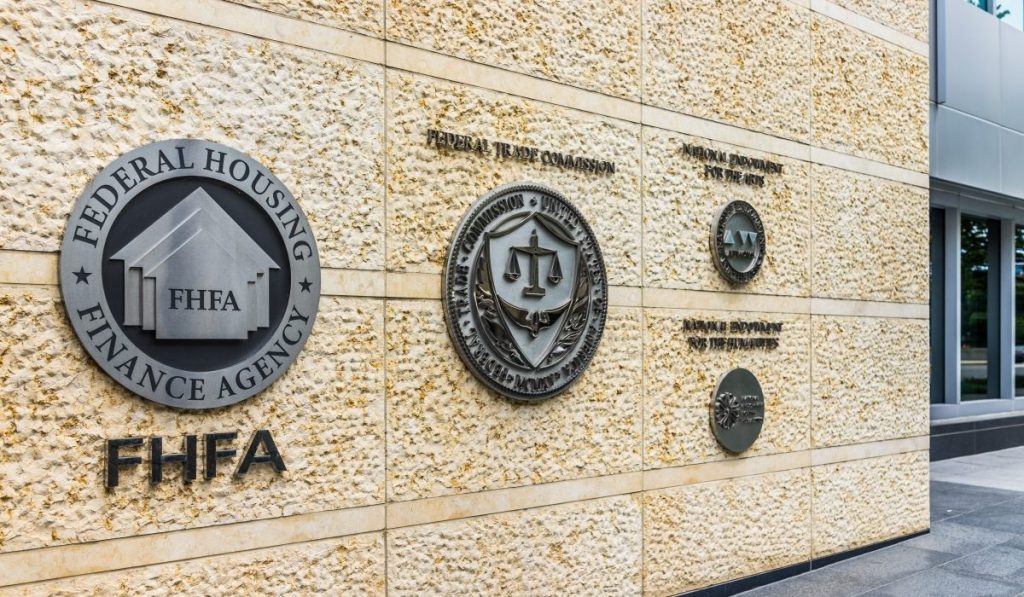In Lender Letters issued on Thursday, Fannie Mae and Freddie Mac confirmed that loans purchased by the GSEs with application dates on and after July 1, 2021, must meet the standards of the Consumer Financial Protection Bureau’s Revised Qualified Mortgage Rule.
In the letters, the two government sponsored enterprises state that they will follow the directive laid out in their amended Preferred Stock Purchase Agreements with the Treasury Department, which forbid Fannie and Freddie from buying QM loans under the GSE Patch.
The guidelines in the letters stand in contrast to the CFPB’s most recent notice of proposed rulemaking, which seeks to delay the date lenders have to comply with the revised QM rule until October 1, 2022.
The CFPB final QM rule, issued in December, establishes a pricing threshold that effectively replaced the former debt-to-income limit of 43% with a price-based approach that gives lenders relief for loans capped at 150 basis points above the prime rate.
Before the revised QM was finalized, many lenders were able to circumvent the 43% DTI limit because the rule doesn’t apply to mortgages backed by Fannie Mae and Freddie Mac. This “QM Patch” would expire with the new rule going into effect on July 1. The CFPB threw a wrench into this timeline with their proposed rulemaking, but both Fannie and Freddie are bound by the amended PSPAs with Treasury.
Should lenders look to non-QM loans when the refi boom slows?
HousingWire recently sat down with Tom Hutchens, Angel Oak EVP of production, who shared how non-QM lending could be an effective way for lenders to replace lost business in the event of a refi boom slowdown.
Presented by: Angel Oak
Originally, the QM Patch was set to expire in January, 2021, but in the fall of 2020 the deadline was extended until July. On March 4, the CFPB released it proposed rulemaking, which would push the expiration date another 15 months out.
“Extending the mandatory compliance date of the General QM final rule would allow lenders more time to offer QM loans based on the homeowners’ debt-to-income (DTI) ratio, and not solely based on a pricing cut-off. Extending the compliance date of the General QM final rule would also give lenders more time to use the GSE Patch, which provides QM status to loans that are eligible for sale to Fannie Mae or Freddie Mac,” the Bureau said in its announcement of the proposed rulemaking.
Some mortgage industry groups have opposed the delayed implementation of the finalized QM rule, seeing it as the first step in renegotiating the rule.
In a letter to the CFPB, the Housing Policy Council wrote: “We also are concerned that the Proposed Rule’s real purpose is to set the stage for the Bureau to reopen the 2020 General QM Rule. We firmly believe that reopening the 2020 General QM Rule would not be in the public interest…If the Bureau wants to explore modifications to the 2020 General QM Rule, it should follow the standard APA rulemaking process, without delaying the mandatory compliance date.”
The Lender Letters issued Thursday make it clear that the GSEs will be following the letter of the current revised QM rule unless and until the proposed rulemaking is finalized.
In its Lender Letter, Fannie Mae said it anticipates additional changes in eligibility and underwriting in the following areas:
- The documentation and verification requirements for loans originated under the high LTV refinance option will be updated in light of the Revised QM Rule.
- The calculation of the qualifying payment amount and annual percentage rate (APR) for ARMs with an initial fixed-rate period of five years or less will be updated to require consideration of the maximum rate that may apply in the first five years of the loan.
- All covered loans will be required to comply with the APR to average prime offer rate (APOR) spreads as required by the Revised QM Rule.






